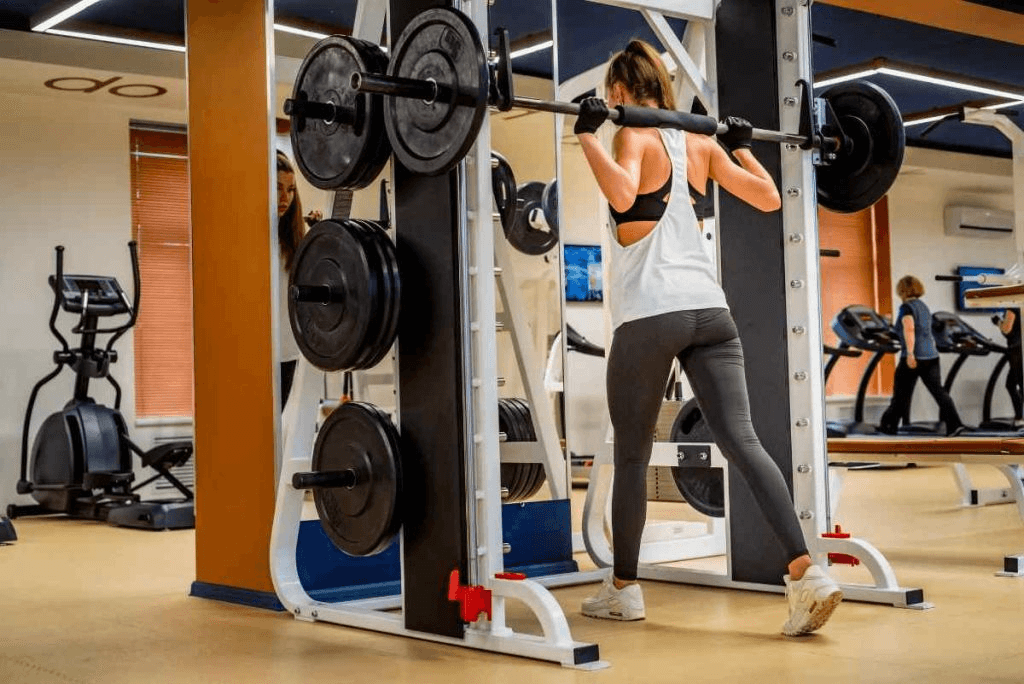A well-developed chest isn’t just about heavy bench presses or doing as many push-ups as possible. If you’re serious about building a balanced, powerful upper body, you need to train all parts of your chest — the upper, middle, and lower regions — and understand how different exercises emphasize different fibers within the muscle.
Understanding Chest Anatomy and Training Focus
The chest, or pectoralis major, has multiple regions or “heads”: the clavicular head (upper chest), the sternal head (mid-chest), and the lower fibers (often referred to as the lower chest). Each of these areas responds differently based on the angle and type of movement you perform. While many exercises work the entire chest to some degree, specific angles and movement patterns can place more tension on certain areas — which is key to achieving complete development.
Main Chest Exercises for Overall Mass
Compound movements should be the core of your chest training. Classic barbell bench presses and dumbbell presses are excellent for activating the sternal head. These moves allow you to use heavy weight and maximize overall chest engagement. For many lifters, these are the "main" exercises — and rightfully so — because they build mass across the central chest.
Incline barbell or dumbbell presses shift the focus higher, targeting the upper chest. Decline presses and dips bring more lower chest into play. Together, these exercises cover the entire range of motion and hit all parts of the chest when performed consistently and with proper form.
Targeting All Parts of the Chest
To truly sculpt a balanced chest, you must be intentional about your exercise selection. If you find your upper chest lagging, it might be because your workout is dominated by flat pressing. Similarly, if your lower chest lacks shape, you may not be incorporating decline presses or dips.
Start your routine with an exercise that focuses on your weakest area. For example, if your upper chest is underdeveloped, begin with incline presses when you're fresh and strongest. Follow that with a mid-chest movement like the flat dumbbell press, and wrap up with dips or decline presses to hit the lower portion. Fly variations — incline, flat, and decline — help fine-tune tension and increase stretch across the chest.
The Role of Secondary Chest Exercises
While the big lifts build the foundation, secondary movements help refine muscle shape, stretch under load, and correct imbalances. Cable flys, machine presses, and push-up variations are all valuable tools. These exercises may not require the same intensity or weight, but they contribute to activation, endurance, and improved muscle control.
I’ve personally seen how rotating in these secondary movements improved my mind-muscle connection. Years ago, I hit a plateau where my flat bench numbers were climbing, but my chest wasn't growing proportionately. After incorporating more flys, slow-tempo push-ups, and cable crossovers — focusing on tension rather than weight — my chest not only looked fuller, but felt more engaged during all pressing movements.
Creating a Chest Workout for All Heads
A balanced chest workout doesn’t need to be complicated, but it should be intentional. Include at least one movement that targets each head — upper, middle, and lower — and finish with an accessory or isolation exercise to pump blood into the muscle and enhance metabolic stress. Keep your form strict, your tempo controlled, and prioritize full range of motion.
Don’t neglect rest between sessions. The chest is a large muscle group and grows best when trained hard and allowed to recover. Two focused sessions per week, with 48–72 hours of recovery between them, is ideal for most lifters.
Final Thoughts
Building a well-rounded chest takes more than just benching every Monday. You need a plan that targets all areas of the chest, prioritizes technique, and includes both primary and secondary exercises. Whether you're a beginner or a seasoned lifter, understanding how to work each region of the pecs will unlock your full upper body potential — and transform the way your chest looks and performs.










































Leave a comment
This site is protected by hCaptcha and the hCaptcha Privacy Policy and Terms of Service apply.